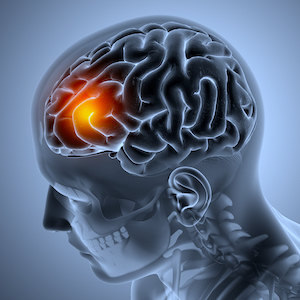Nummular headache: a narrative review

All claims expressed in this article are solely those of the authors and do not necessarily represent those of their affiliated organizations, or those of the publisher, the editors and the reviewers. Any product that may be evaluated in this article or claim that may be made by its manufacturer is not guaranteed or endorsed by the publisher.
Accepted: 2 September 2025
Authors
Background: Nummular headache (NH) is a primary headache disorder, although secondary cases have also been reported. It was first described in 2002 and included in the International Classification of Headache Disorders, 3rd Edition (ICHD-3), 2018.
Methods: This narrative review examines epidemiological and clinical features, secondary cases, pathogenesis, and treatment of NH, drawing on updated literature. We conducted a systematic review searching the PubMed database and carefully reviewing the reference lists of all identified articles.
Results: Although NH is considered a rare condition, its incidence and prevalence are likely underreported. More than 700 cases have been described so far, and in a tertiary headache clinic, the diagnosis of NH is not uncommon. In other settings, some cases may be missed, and many patients with NH do not seek medical attention due to mild pain intensity. The clinical features include continuous or intermittent pain, generally of mild to moderate intensity, sometimes with exacerbations. The pain is localized in a round or elliptic area of the scalp, typically measuring 1-6 cm, mainly situated in the parietal, temporal, or occipital regions. Although most cases are unilateral, bilateral or midline localizations have also been reported.
Conclusions: The pathogenesis of NH is poorly understood; however, some clinical data suggest a peripheral origin of pain, such as a dysfunction of C-fibers in the epicranial cutaneous nerves. Diagnosis, primarily clinical, requires exclusion of other causes through comprehensive patient history, clinical examination, neuroimaging, and blood tests. Secondary cases due to underlying lesions, including systemic diseases or previous surgical treatments, must be ruled out. The most commonly used and effective prophylactic treatments are onabotulinumtoxinA and gabapentin, although various other drugs and non-pharmacological treatments have been proposed over the years.
How to Cite

This work is licensed under a Creative Commons Attribution-NonCommercial 4.0 International License.






